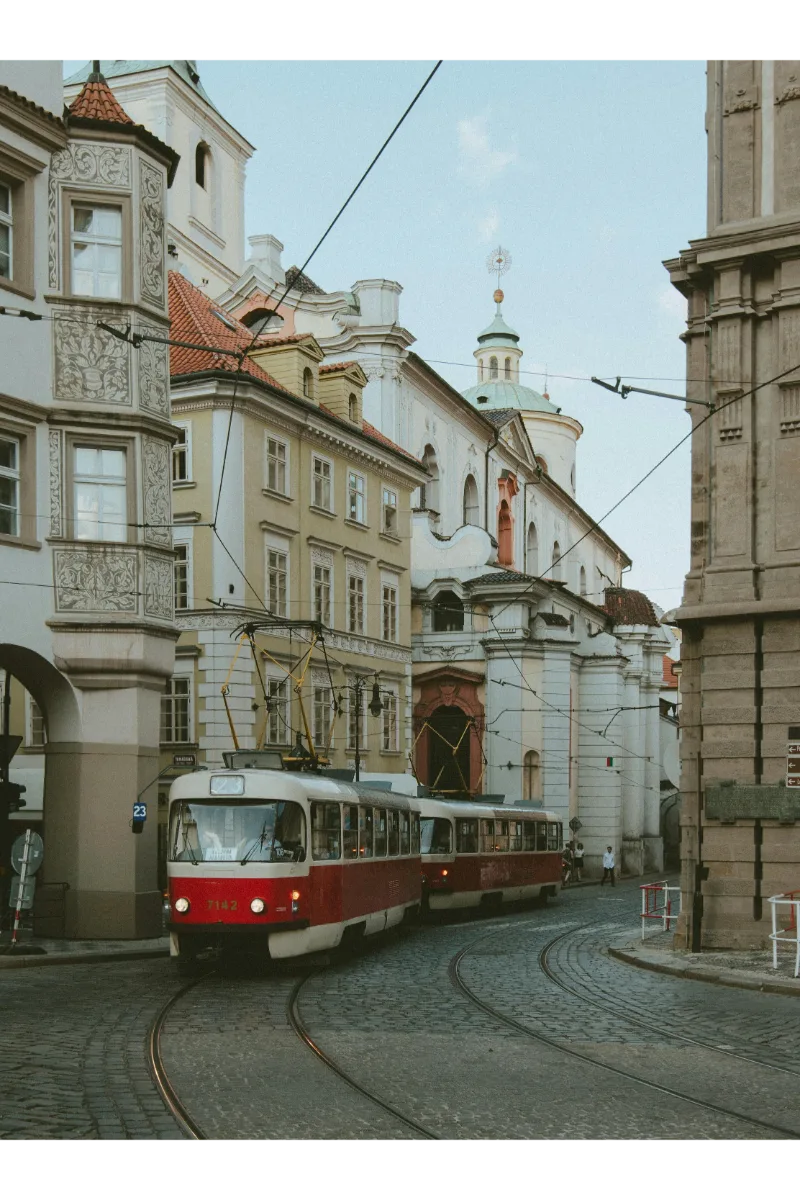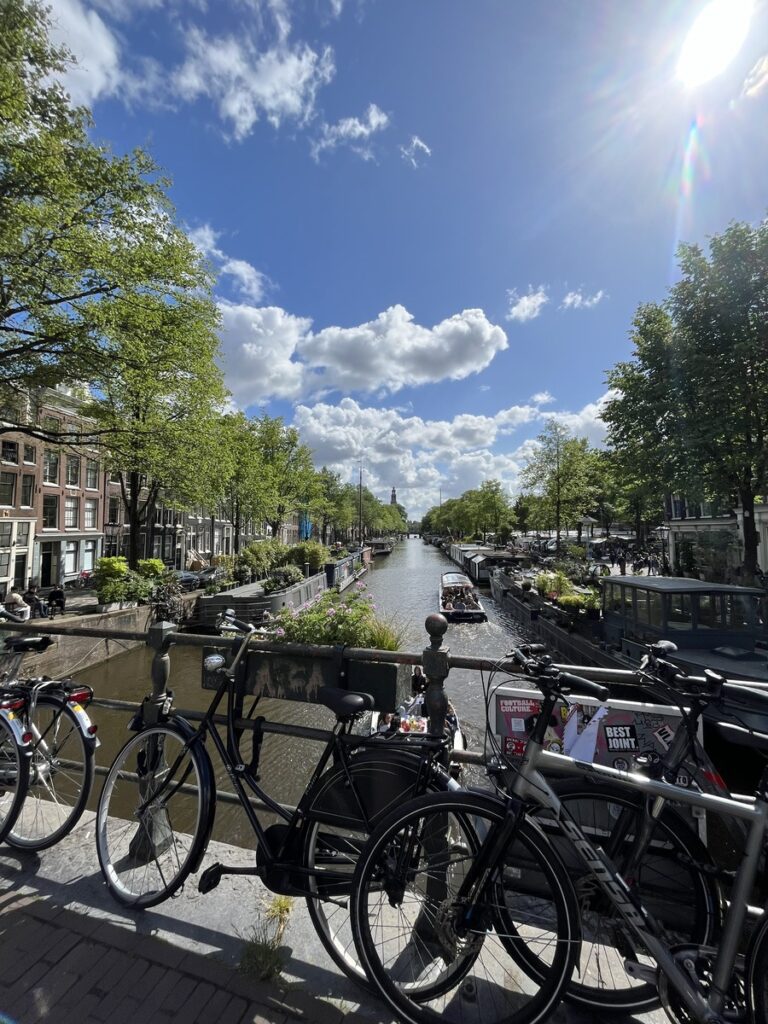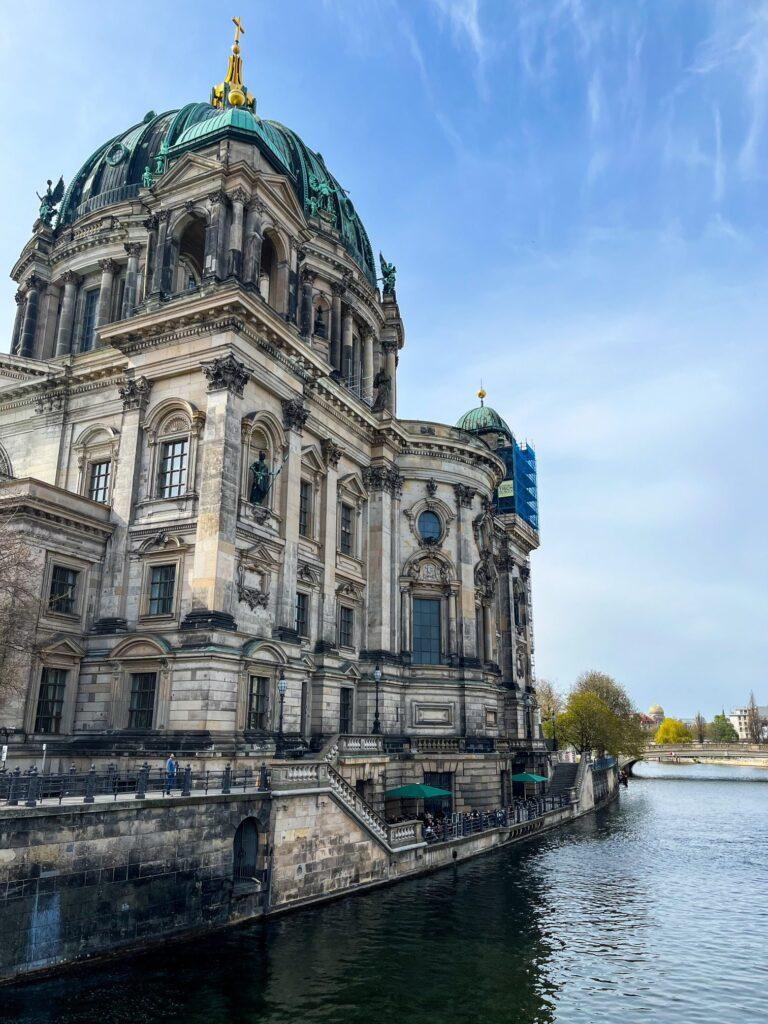There’s something truly romantic about train travel in Europe.
Maybe it’s the clack-clack rhythm of the wheels, the blur of little villages outside your window, or the fact that you don’t have to remove your shoes and belt at security every two hours. Either way, traveling Europe by train is an experience every traveler should have. It’s scenic, comfortable, and, if you plan it right, cheap (yes, really!). In this post, we’ll explain how to travel Europe by train like a pro — from buying tickets and understanding train types to knowing what to expect onboard. And, of course, a few “don’t do what I did” tips sprinkled in.
Why Choose Train Travel in Europe

I haven’t traveled by train much outside of Europe, but I can say that this continent basically invented convenient train traveling. Here is why traveling by train in Europe makes sense:
No airport chaos.
You don’t need to rush to the airport two hours before your flight, unpack your toiletries for security, or pray your suitcase isn’t 200 grams over the limit. Even if your flight is only one hour long, you’ll spend at least four getting there, waiting, boarding, and escaping the airport at the other end. So why not just hop on a three-hour train, sit back, relax, and enjoy the view?
City center to city center travel.
Train stations in Europe drop you right in the middle of the city — Paris, Milan, Vienna, you name it. No long transfers or expensive taxis. Step off the train, grab a coffee, and start exploring immediately (or just head straight for a croissant refill, no judgment).
No security drama.
No shoe removal. No tiny-liquid arguments with airport staff. No one is questioning if your baby’s milk formula is “suspicious.” You just walk into the station, find your platform, and go.
Eco-friendly and scenic.
You get better views and smaller carbon guilt. Europe’s rail network is one of the greenest ways to travel — so you can feel slightly superior while you zoom past traffic on the highway.
A genuine time saver.
Sounds strange, but even though trains are “slower,” they often get you there faster once you add up airport transfers, check-ins, and delays. You just board, chill, and arrive.
Comfort all the way.
Big seats, extra luggage, space to move, and, in many trains, a dining car serving surprisingly good espresso and even decent sandwiches. Some longer routes feel like little moving cafés — you might not want to get off.
How to Travel Europe by Train – Types of European Trains
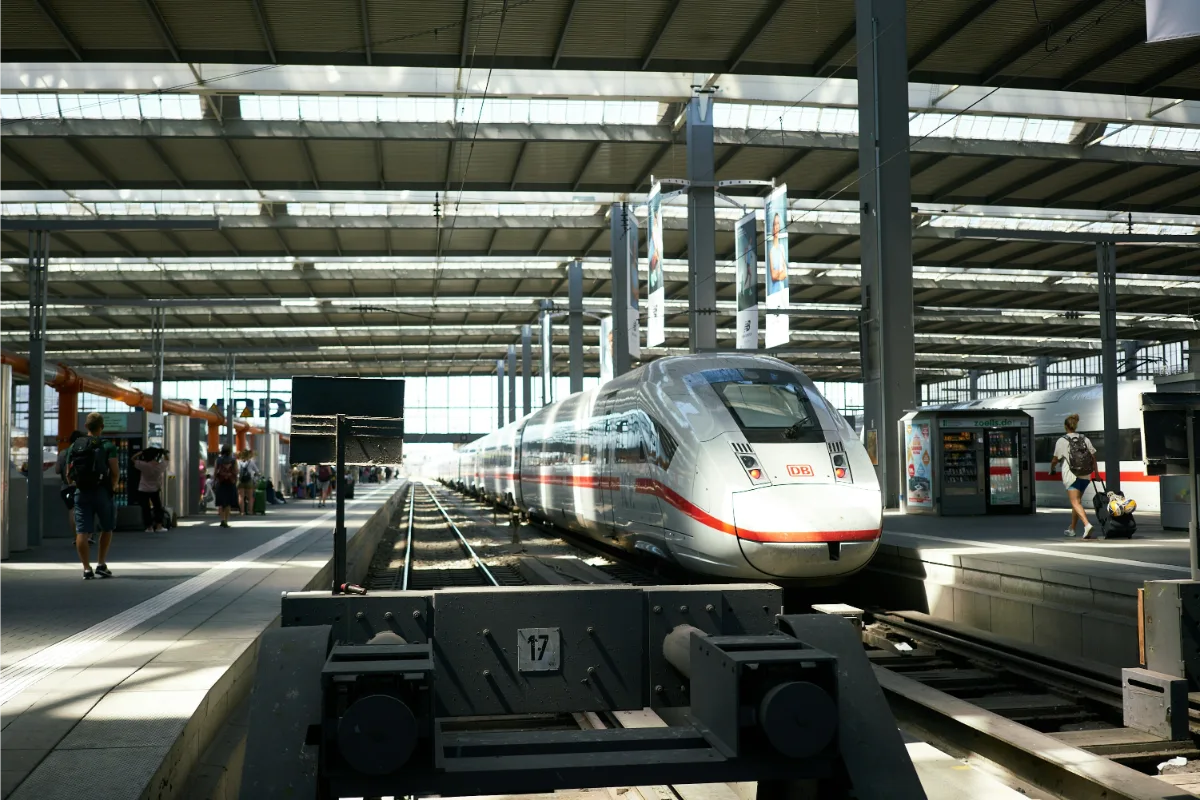
Before you start buying random tickets and end up on a train that stops in every single cow field — let’s talk about what kinds of trains Europe actually has! Because yes, not all trains are created equal.
Regional or Local Trains
These are your everyday trains — slow but steady! They stop in smaller towns, don’t need reservations, and tickets are usually cheap. Perfect for short hops or day trips. Not ideal if you’re in a hurry, though!
Intercity or Fast Regional Trains
A little faster, a little fancier. They skip some smaller stops and get you between big cities like Florence and Venice or Berlin and Hamburg in a good time. Usually comfy, and you can reserve a seat if you want extra peace of mind.
High-Speed Trains
Now we’re talking! These sleek beauties ( like TGV (France), ICE (Germany), Italo or Frecciarossa (Italy)) will zoom you across borders before you’ve finished your snack. Definitely book ahead and reserve seats, ‘coz’ they sell out fast!
Night Trains
The dreamers’ choice! You fall asleep in Vienna and wake up in Paris. These overnight trains save you hotel money and feel like a mini adventure. Just remember to actually book a bed. Trust me, sleeping upright next to a stranger isn’t the vibe!
Scenic Tourist Trains
These are the postcard rides — Bernina Express, Glacier Express, GoldenPass Line. They’re all about the view, not the speed. A bit pricey, but worth every euro if you love mountains, lakes, and jaw-dropping scenery!
How to Buy Train Tickets in Europe?
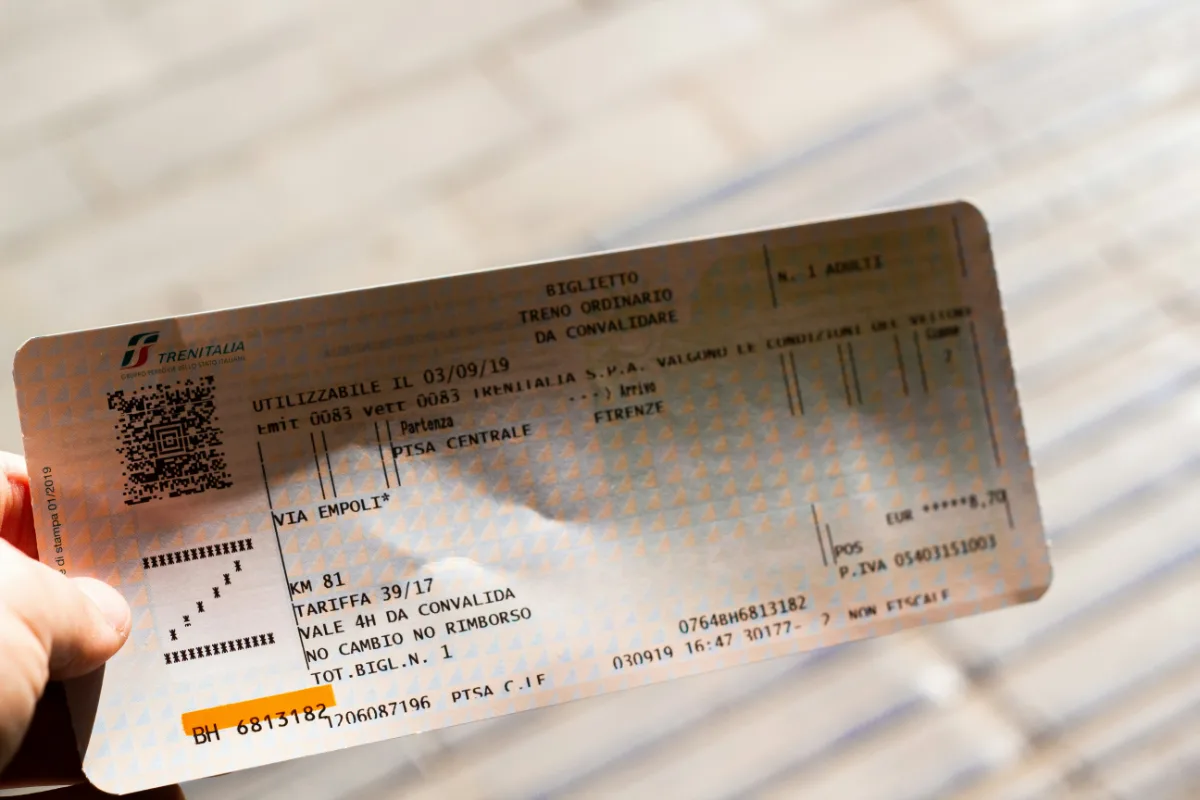
Now that you know how to travel Europe by train comfortably, let’s talk about buying tickets the smart way. Buying train tickets in Europe might look confusing at first — all those websites, apps, and options! But it’s actually not rocket science. Here are your main ways to book a train ticket in Europe.
Through National Train Websites
This is the classic and usually the cheapest way. Every country has its own operator — SNCF (France), DB (Germany), Trenitalia (Italy), Renfe (Spain), ÖBB (Austria) — and they all sell tickets directly.
PRO: You’ll almost always get the lowest fares and access to special local discounts.
CON: Each website has its own system and rules, and sometimes the English versions feel like Google Translate went rogue.
Through Third-Party Platforms
Sites and apps like Trainline, Omio, or RailEurope make life simple. You can search, compare, and book trains from different countries in one place — perfect if you’re traveling across borders.
PRO: Super convenient! One account, one payment, all routes.
CON: They charge a small service fee, so tickets cost slightly more than booking directly.
Directly at the Station
If you’re feeling spontaneous (or just forgot to plan ahead), you can buy tickets at the station from machines or ticket counters. This works best for regional or local trains that don’t require seat reservations.
PRO: Great for flexible travel and last-minute plans.
CON: High-speed or long-distance trains can sell out, and walk-up prices are usually higher.
Through Rail Pass Distributors
If you’re planning to “zigzag” across the continent, look into Eurail (for non-Europeans) or Interrail (for Europeans) passes. You pay once and can hop on trains in multiple countries for a set number of days.
PRO: Total freedom — no need to buy separate tickets for each leg.
CON: Seat reservations for high-speed and night trains still cost extra (and can add up fast).
💡 Pro tip: If you want to plan your Europe trip faster, I’ve listed my favorite booking and navigation tools in my post Best Travel Apps for Europe — they make all this super easy!
Eurail vs Interrail: Which Pass to Choose?

Via Pexels
The eternal traveler question – shall I buy a single ticket while traveling through European countries, or a multi-journey one? This will help you decide:
Rail Pass – For the Flexible Traveler
Individual Tickets – For the Smart Planner
Pro Tip: If you’re taking more than three long-distance train journeys, the Eurail Pass often saves money. But if you’re visiting fewer cities, individual train tickets are actually the smarter deal.
If affordability is your priority, my post on how to travel Europe cheaply explains how to cut transport and accommodation costs!
Best Scenic Train Routes in Europe

If you’re planning how to travel Europe by train, these scenic routes are more than just transport — they’re unforgettable experiences. Below are some of the most beautiful train journeys in Europe, combining comfort, culture, and cinematic views.
1. Paris to Nice (France)
• Train: TGV INOUI (High-speed, about 6 hours)
• Why Go: This route takes you from the elegance of Paris to the sunlit French Riviera, gliding past lavender fields, vineyards, and Mediterranean cliffs. It’s a perfect blend of luxury and leisure — ideal for travelers seeking scenic comfort.
2. Venice to Vienna (Italy–Austria)
• Train: ÖBB Railjet (Direct, 7 hours)
• Why Go: A dream ride through the Alps, where you will see the prettiest lakes sparkle beneath rugged peaks. This journey captures the best of Central Europe — Italian charm and Austrian grandeur, all in one panoramic trip.
3. Amsterdam to Berlin (Netherlands–Germany)
• Train: ICE or Intercity
• Why Go: Perfect if you want to see more of the “urban beauty”. Watch windmills fade into forests and small German towns. Great for travelers looking for city vibes with laid-back countryside.
4. Zurich to Milan (Switzerland–Italy)
• Train: EuroCity (Gotthard route)
• Why Go: This is one of the most scenic crossings in Europe — through mountain tunnels, over deep valleys, and past Lake Lugano’s emerald waters. It’s a photographer’s dream, especially in winter.
5. Prague to Budapest (Czech Republic–Hungary)
• Train: EuroCity or RegioJet
• Why Go: This Central European line glides along the Vltava and Danube Rivers, connecting two capitals rich in history and café culture. Affordable and charming — a favorite for slow travelers.
Tips for Traveling Europe by Train
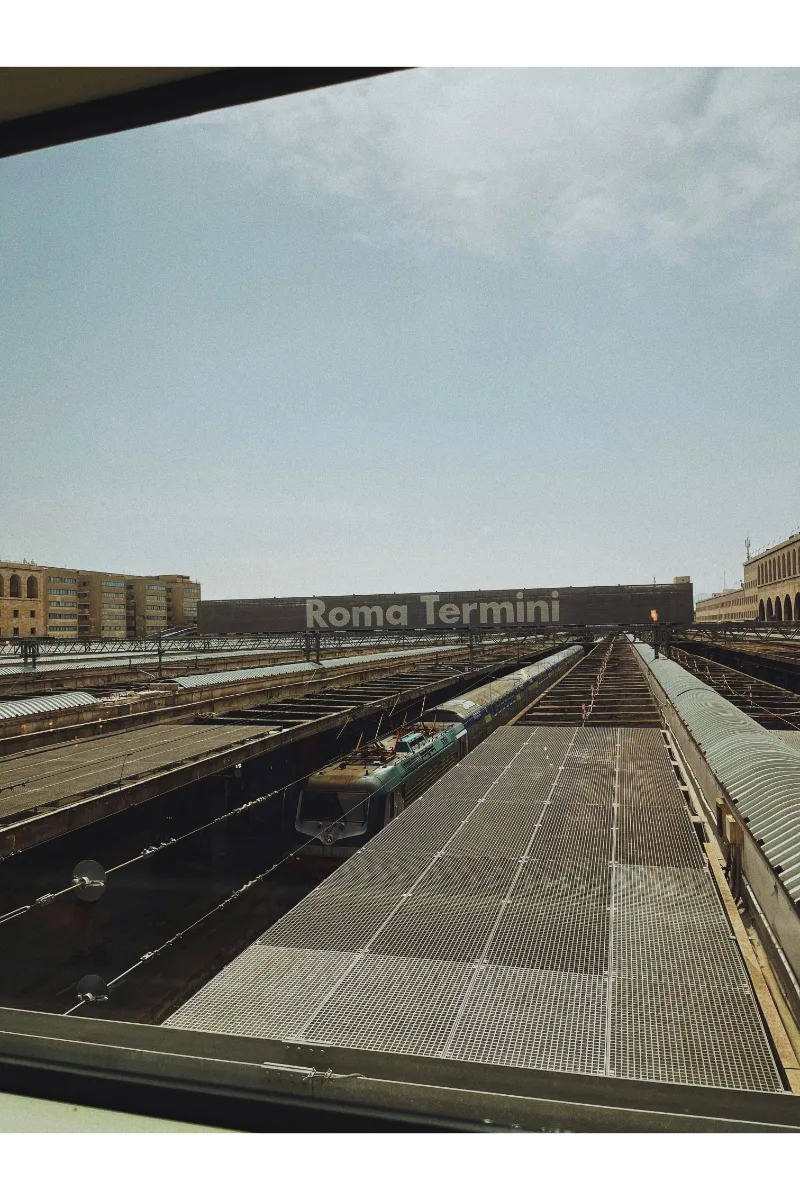
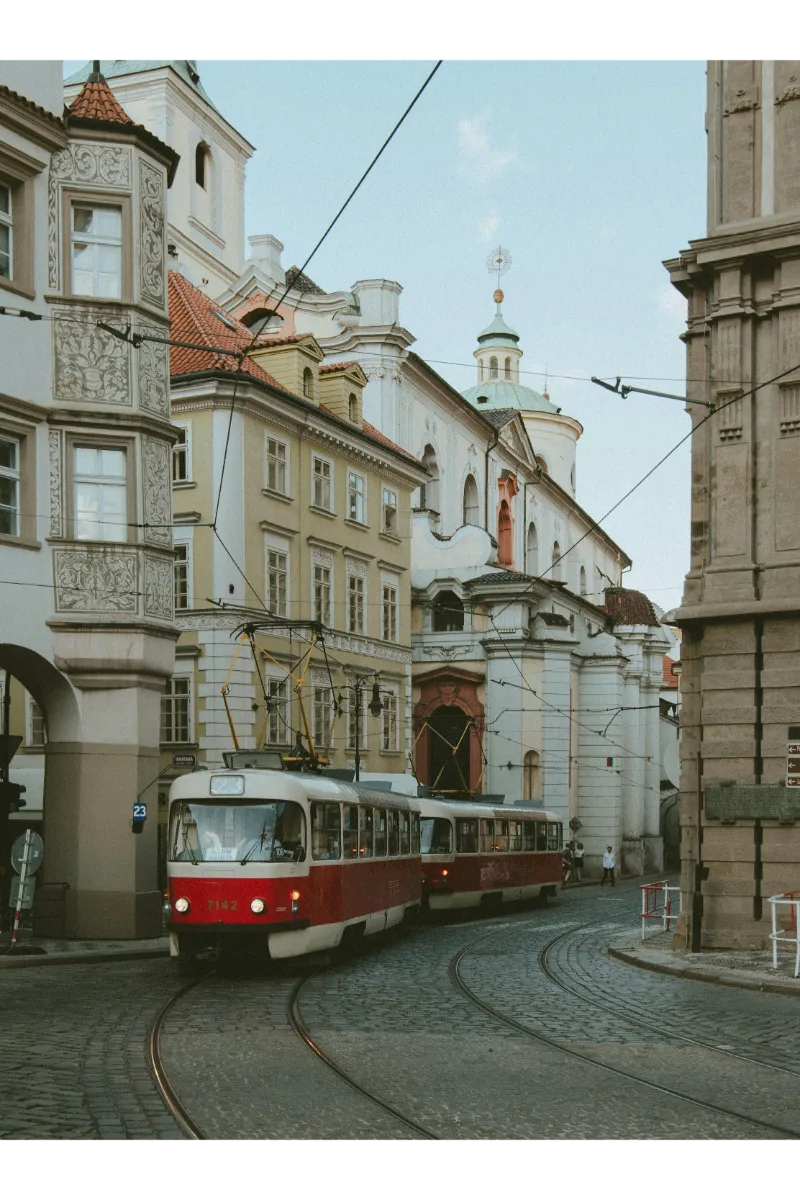
- Mix high-speed and regional trains for better value. High-speed services like TGV, ICE, or AVE are fast and sleek, but regional trains show you charming villages, cost less, and don’t always need reservations.
- Reserve seats strategically. Many routes don’t require reservations, but busy lines (like Paris–Amsterdam or Rome–Florence) can fill up quickly. Always check before you go and book in advance during peak season.
- Pack for mobility, not just style. European train stations often have stairs instead of escalators, and some lack elevators entirely. If you’re traveling with children or a stroller, plan extra time — you may need to carry it up or down steps between platforms.
- Download your rail apps. Apps like Rail Planner, DB Navigator (Germany), or SNCF Connect (France) are essential. They show live updates, platform changes, and even let you check in digitally on some trains, like certain Deutsche Bahn routes.
- Bring some local currency. While cards are widely accepted, small stations and cafés in rural areas still prefer cash — especially in Italy, France, and Eastern Europe.
- Travel early or late for smoother journeys. Trains before 9 a.m. or after 6 p.m. are often quieter, cheaper, and more scenic — plus, you’ll avoid the commuter crowds.
- ALWAYS plan extra time! Europe’s train system is built for flexibility. Leave room for spontaneous detours, but also be prepared for delays (yup!). Even though trains are reliable, delays happen, so plan buffer time if you have airport connections or tours.
- Double-check the platform. Platforms can change last minute, sometimes only minutes before departure. Keep an eye on the station screens and listen for announcements.
- Use luggage lockers at major stations. Many hubs — like Zurich, Florence, or Munich — offer secure storage. It’s perfect if you have a few hours between trains and want to explore.
- Have a plan B and enjoy the ride. If a connection is missed or delayed, don’t panic — there’s almost always another train. Train travel in Europe is about the journey, so sit back, watch the landscapes roll by, and let the rhythm of the rails set the pace.
How to Travel Europe by Train – Final Thoughts
Traveling Europe by train isn’t just transportation — it’s an experience that slows you down in the best way possible. You get to see the continent’s heart, not just its airports. You’ll sip coffee as the scenery changes, meet locals in the dining car, and feel that small thrill every time the train glides into a new country. Traveling Europe By Train is eco-friendly, comfortable, and endlessly romantic. So pack your curiosity (and maybe a croissant), find your route, and let the rhythm of the rails take you wherever the tracks lead.
* Photos in this article are sourced from Pexels.com and Unsplash.com


